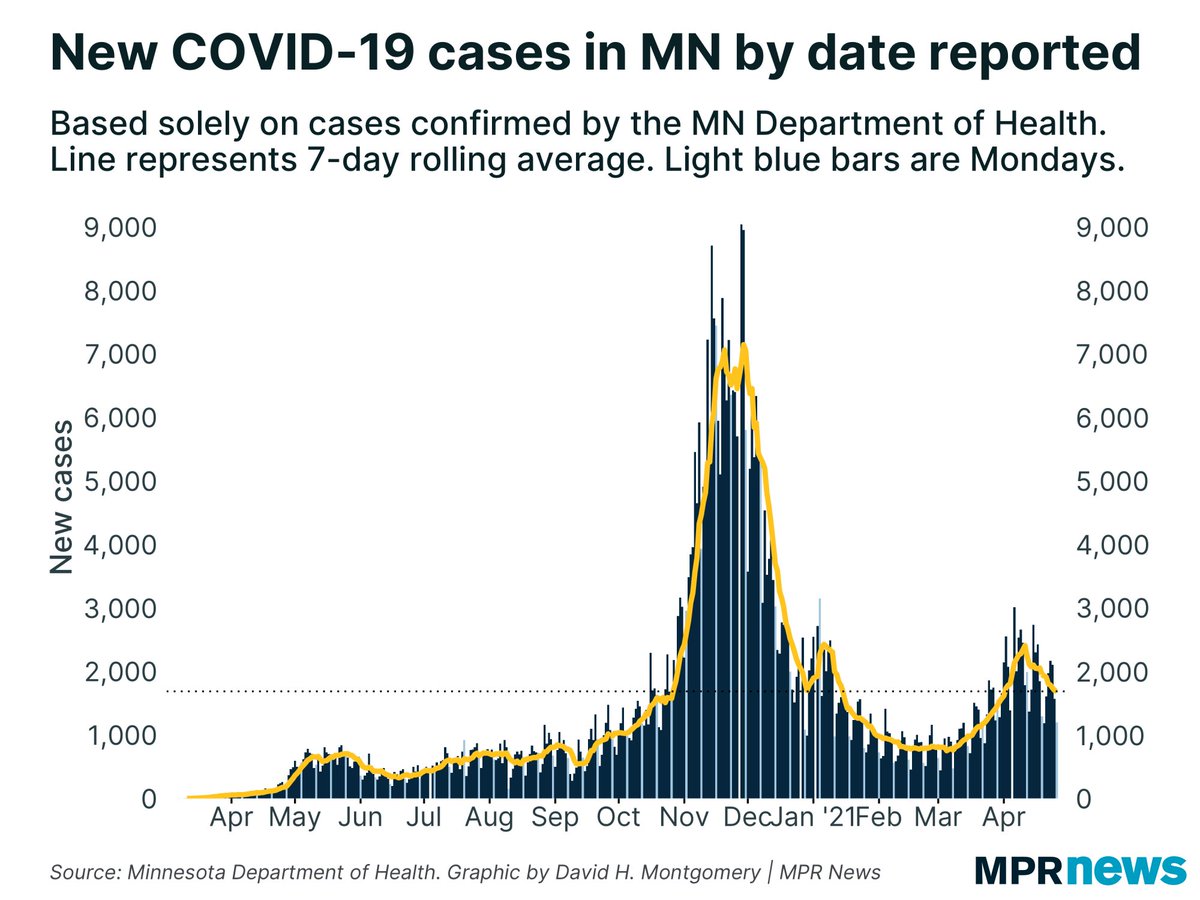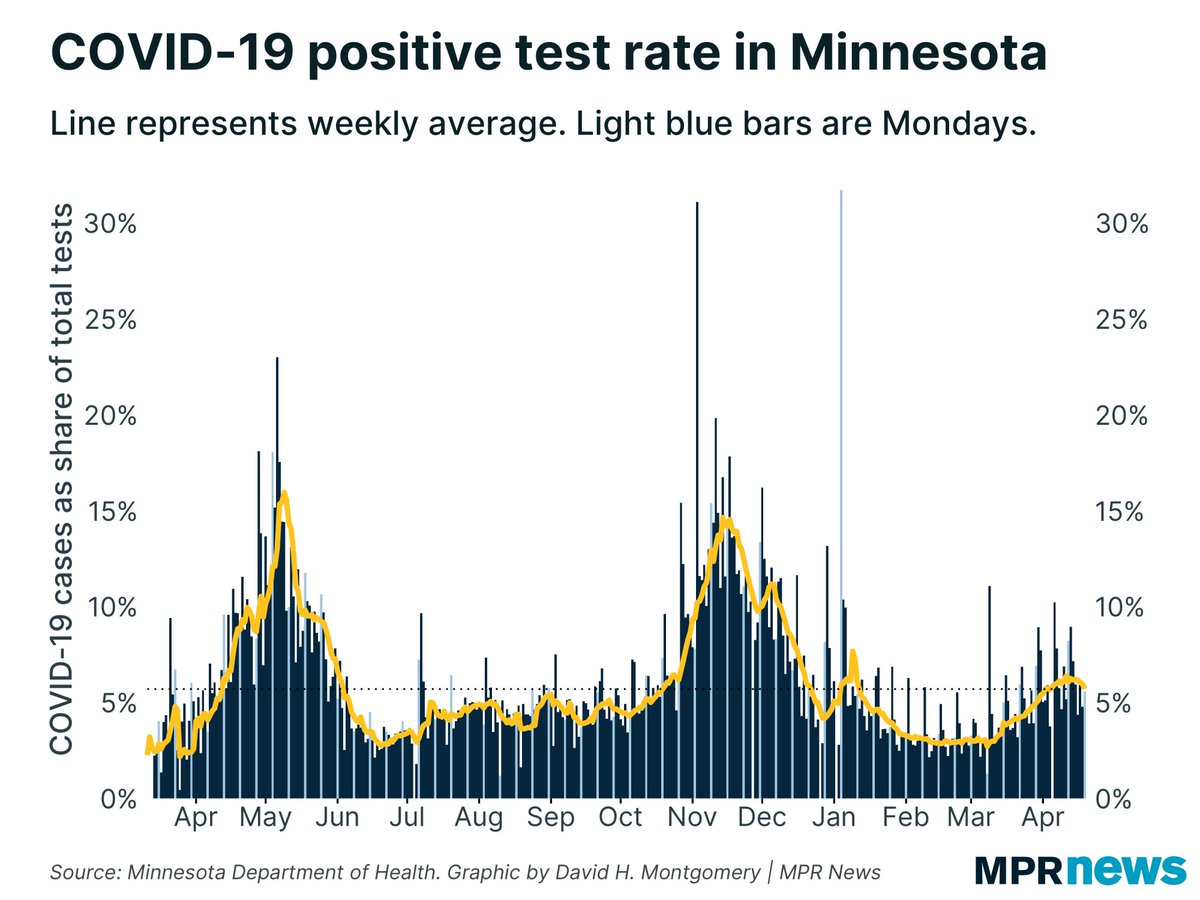
Minnesota will NOT LOSE A SEAT
Huge upset — Minnesota was expected to lose a seat because other states grew more quickly, but it looks like it just squeaked in! 

Big winners here: @michellefischb and @PeteStauber.
One side effect of Minnesota keeping all 8 seats: the wild at-large statewide congressional election scenario is now off the table: mprnews.org/story/2021/02/…
The 2020 Census population counts were a little below the Census Bureau’s expectations, which may have helped MN keep its seat — other states didn’t grow as quickly as expected.
The YouTube stream I’m watching is about 30 seconds behind the phone call I’m dialed into, which is somewhat disconcerting.
Minnesota got the LAST SEAT IN CONGRESS.
• • •
Missing some Tweet in this thread? You can try to
force a refresh


















